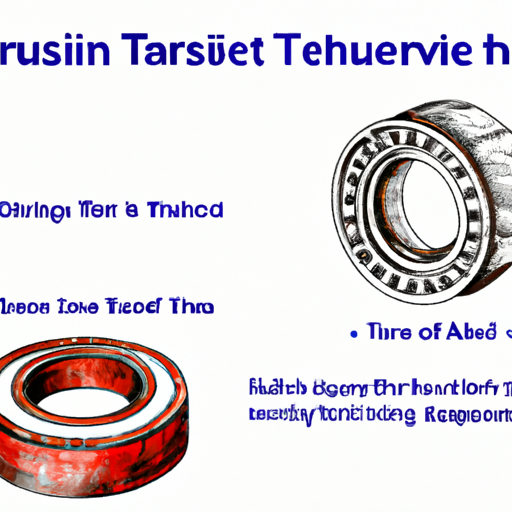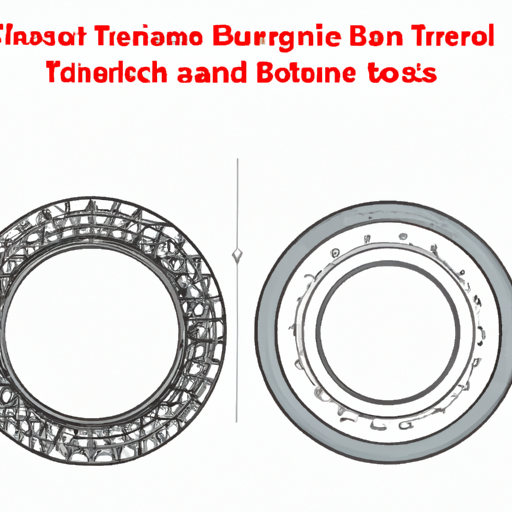The Importance of Thrust Bearings in Machinery and Equipment

Introduction:
Thrust bearings play a crucial role in various types of machinery and equipment, providing support for rotating shafts and ensuring smooth operation. These bearings are designed to handle axial loads, making them essential components in applications where there is a significant amount of force pushing in a specific direction. In this article, we will explore the importance of thrust bearings, their different types, and the key considerations when selecting the right thrust bearing for a particular application.
What are Thrust Bearings?
Thrust bearings are a type of rotary bearing that is designed to support axial loads, which are forces that act parallel to the shaft. These bearings are commonly used in applications where there is a need to support heavy loads and ensure smooth operation of rotating shafts. Thrust bearings are typically used in machinery such as automotive transmissions, marine propulsion systems, and industrial equipment.
Types of Thrust Bearings:
There are several types of thrust bearings, each designed to handle different types of axial loads and operating conditions. Some of the most common types of thrust bearings include:
1. Ball Thrust Bearings: These bearings consist of a series of balls arranged in a cage between two raceways. Ball thrust bearings are able to handle both radial and axial loads and are commonly used in automotive and industrial applications.

2. Roller Thrust Bearings: Roller thrust bearings consist of cylindrical rollers arranged in a cage between two raceways. These bearings are able to handle heavy axial loads and are commonly used in applications such as heavy machinery and construction equipment.
3. Tapered Roller Thrust Bearings: Tapered roller thrust bearings consist of tapered rollers arranged in a cage between two raceways. These bearings are designed to handle high axial loads and are commonly used in applications such as automotive transmissions and gearboxes.
4. Spherical Roller Thrust Bearings: Spherical roller thrust bearings consist of spherical rollers arranged in a cage between two raceways. These bearings are able to handle misalignment and are commonly used in applications such as conveyor systems and mining equipment.
Key Considerations When Selecting Thrust Bearings:
When selecting thrust bearings for a particular application, there are several key considerations that need to be taken into account. Some of the most important factors to consider include:
1. Load Capacity: The load capacity of the thrust bearing is one of the most important factors to consider when selecting a bearing for a particular application. It is essential to ensure that the bearing is capable of handling the axial loads that will be encountered during operation.
2. Speed Rating: The speed rating of the thrust bearing is another critical factor to consider. It is essential to select a bearing with a speed rating that is compatible with the operating speed of the equipment.
3. Lubrication Requirements: Proper lubrication is essential for the smooth operation and longevity of thrust bearings. It is important to consider the lubrication requirements of the bearing and ensure that it is properly lubricated at all times.
4. Installation and Maintenance: Proper installation and maintenance are essential for the optimal performance of thrust bearings. It is important to follow the manufacturer's recommendations for installation and maintenance to ensure the longevity and reliability of the bearing.
Conclusion:
Thrust bearings are essential components in various types of machinery and equipment, providing support for rotating shafts and ensuring smooth operation. These bearings are designed to handle axial loads and are available in a variety of types to suit different applications. When selecting thrust bearings for a particular application, it is essential to consider factors such as load capacity, speed rating, lubrication requirements, and installation and maintenance. By selecting the right thrust bearing for a particular application and ensuring proper installation and maintenance, you can ensure the optimal performance and longevity of your equipment.




 13869596835
13869596835